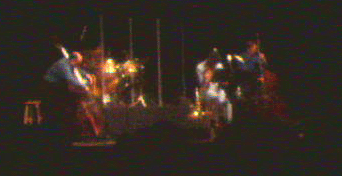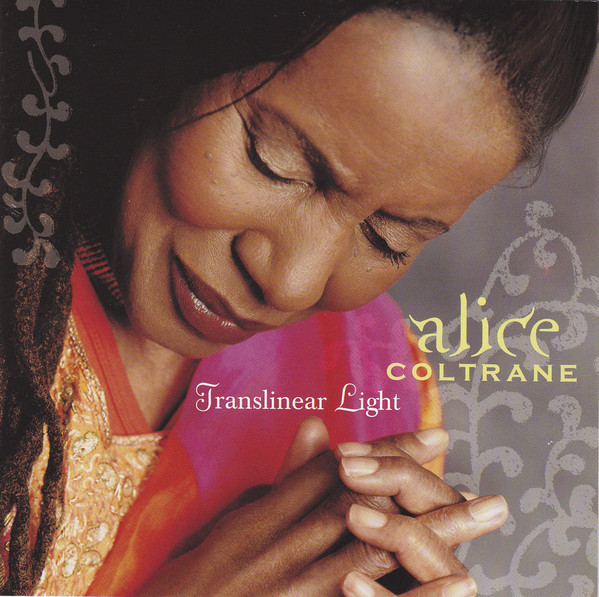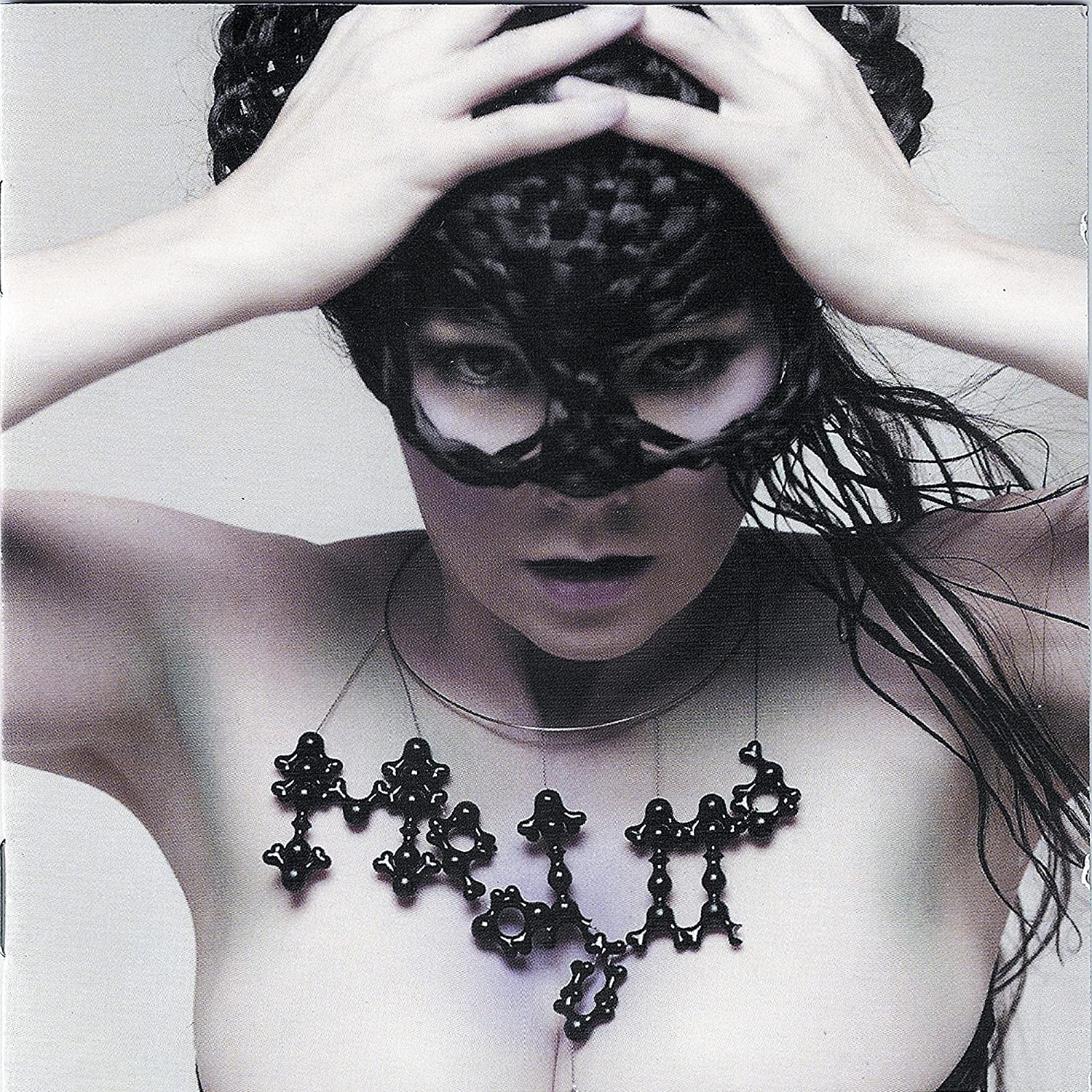
Before the concert, I listened to Ornette’s Columbia Records album Science Fiction to get energized. Upon entering, I discovered a hefty crowd of people. More than I thought I ever would. The ratio of men to women was somewhat off balance, noted Dave King, drummer of The Bad Plus, as we stood in line at the men’s room. He said “We should have had a tailgating party.” I would have been down for that. Why don’t we do that at jazz concerts?
It is interesting to note how the two bass players navigated what could have been a muddied aural situation. Falanga played arco for almost the entire show, putting down the bow to play pizzi but a couple of times. In that regard, he reminded me of David Izenzon. Not just because he was playing arco, but the contributions were similar — he was able to play in the ‘cello range high enough to stay out of the way of Greg Cohen, the other bass player that was walking most of the time. Falanga has some astounding ideas. I cannot believe this is the first time I have heard of the guy. By staying in the range above Cohen’s walking basslines and below Ornette’s arsenal, He was able to make the ensemble sound quite rich.
Falnaga was a very kind man; when I spoke with him afterwords, I thanked him for a great performance (which sometimes I think would be tiresome to hear night after night]) He replied with the deepest sincerity, “Thank you for being a part of it.”
I haven’t heard a great deal of Denardo Coleman’s playing. My only point of reference comes from two recordings: The Empty Foxhole and Ornette at 12 performed at ages 10 and 12 respectively. He is not out of the metronome school of playing, nor the Buddy Rich chops monster school. His more relaxed approach to rhythm was befitting of the concept at hand. I’ll just say that Dave Weckl would have been out of place. Stylistically, his playing reminded me of Sunny Murray. Ambitious, but not over-the-top.
I am terrible with song titles, and I know only that the last tune was “Song X” and the encore was “Lonely Woman.” Many of the melodies were familiar, or perhaps almost familiar, knowing some of his musical devices. Very little was said. He thanked the crowd for coming out, and said how grateful he was for the musical happening the night before when several ensembles got together to play the music of Ornette Coleman.
Some of the most interesting moments were when they came together as a string trio. Cohen did pick up the bow for one portion. Ornette has both an unusual musical vocabulary on the violin and an unusual physical manner of dealing with the instrument. If I recall, he was playing left-handed on a right-handed instrument. To these ears, his string chops are in quite great shape.
He spent more time on the violin than he did on the other secondary instrument, the trumpet. His chops here were also in great shape. It did not sound as if he was struggling to get the notes he wanted to pass from him and through the instrument. When the secondary instruments were called upon, it was always after starting the tune on his white plastic alto.
And that alto is as strong as ever. The ideas, volume and speed Ornette still gets from his main axe on those breakneck portions of some of the tunes belie this giant’s age, as celebrated that night: 75 years.
That same visceral blues energy was somewhat in contrast to the gentle handshake and paper-thin skin of the man in person. I was lucky enough to make it backstage to meet one of my heroes. Smartly dressed in a pale blue suite and colorful shirt, topped with a pork-pie hat and mustache, Ornette was ever the gentleman.
He asked if played an instrument, and I said “No sir, I just play records.” He responded, looking me right in the eyes, “Well, you can sure do both.” He paused for a beat and said it again, “You can do both.” It was as if he was telling me what to do. I think it is great advice. I’ll take it.

